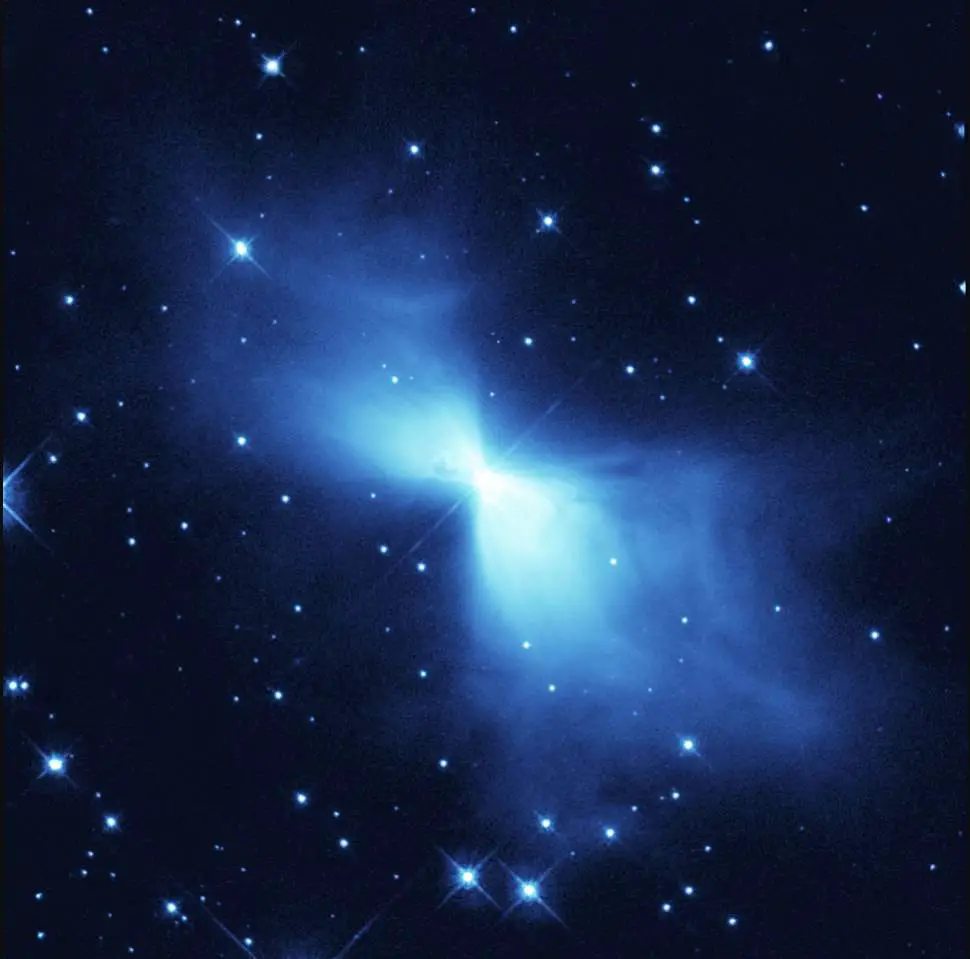Scientists from the University of Bremen set a new low-temperature record. They cooled matter in a tower to an extremely low temperature: 38 trillionths of a degree warmer than absolute zero which is -273.15°C (-459.67°F). Nowhere in the universe can be any colder, so the coldest place in the Universe moves back on Earth again.
The coldest temperature ever recorded
A short history:
- In 1995, physicist Wolfgang Ketterle and his colleagues have cooled a sodium gas to the lowest temperature ever recorded: only half-a-billionth of a degree above absolute zero. They managed to achieve this at Ketterle’s lab, MIT, Cambridge. This accomplishment entered the Guinness World Records for the lowest temperature ever recorded.
- Then, in 2018, as soon as NASA’s Cold Atom Laboratory (CAL) began producing ultra-cold atoms, the International Space Station (ISS) became the coldest place in the known universe. The formation of a Bose-Einstein condensate, the fifth state of matter occurred in NASA’s Cold Atom Laboratory (CAL) at a temperature of 130 nanoKelvin or less than 10 billionths of a degree above Absolute Zero.
- And now, scientists at the Center of Applied Space Technology and Microgravity (ZARM) of University of Bremen reached another record-cold temperature, only 38 trillionths of a degree warmer than absolute zero.
What is absolute zero?
Absolute zero is the lower limit of any possible temperature: -273.15°C (-459.67°F). Nothing can be cooler than it – in fact, it is unreachable. More scientifically, it is the lower limit of the thermodynamic temperature scale, a state at which the enthalpy and entropy of a cooled ideal gas reach its minimum value, taken as 0.
The coldest place in the Universe moves back on Earth
Physicists working with Christian Deppner from Leibniz University in Hanover have cooled matter to an extremely low temperature: 38 trillionths of a degree warmer than absolute zero which is -273.15 °C (-459.67 °F) by generating Bose-Einstein condensate- and thus creating “the coldest place in the Universe” for a few seconds.

Researchers announced that “By combining an excitation of a Bose-Einstein Condensate (BEC) with a magnetic lens, we form a time-domain matter-wave lens system. The focus is tuned by the strength of the lensing potential. By placing the focus at infinity, we lower the total internal kinetic energy of a BEC to 38 pK.”
Scientists created a matter-wave lens system as part of the Quantus 2 project, which supports the expansion – and thus ultimately the decay – of the Bose-Einstein Condensate (BEC) stops. With this matter-wave lens system, it was possible to reduce the internal kinetic energy of a BEK by around 100,000 atoms more than ever before.
This means that the movement of the atoms within the BEK could be slowed down so that an effective temperature of 38 picokelvins (38 pK) above absolute zero was reached. That corresponds to 38 trillionths of a degree above minus 273 degrees Celsius. This was finally proven in a series of experiments in the drop tower in Bremen, where the slowed expansion could be observed for up to two seconds, as the researchers report in “Physical Review Letters“.
In addition, computer simulations indicate that the BEC can theoretically be maintained for 17 seconds in weightlessness with the help of the matter-wave lens system – the prerequisite for future measurements of the highest precision in extended weightlessness, for example on the International Space Station.

The “true” Coldest Place in the Universe
The coldest place in the Universe, as far as we know, is the Boomerang Nebula, a young planetary nebula 5,000 light-years from Earth, in the constellation of Centaurus. It is the coldest object found in the Universe so far.
In 1995, using the 15-meter Swedish ESO Submillimeter Telescope in Chile, astronomers Sahai and Nyman revealed that it is the coldest place in the Universe found so far. With a temperature of -272°C, it is only 1 degree warmer than absolute zero. Even the -270°C background glow from the Big Bang is warmer than this nebula. It is the only object found so far that has a temperature lower than the background radiation.
Keith Taylor and Mike Scarrott called it the Boomerang Nebula in 1980 after observing it with a large ground-based telescope in Australia. Unable to see the detail that only Hubble Space Telescope can reveal, the astronomers saw merely a slight asymmetry in the nebula’s lobes suggesting a curved shape like a boomerang. The high-resolution Hubble images indicate that “the Bow tie Nebula” would perhaps have been a better name.

Sources
- “Extremely long and incredibly cold” on the University of Bremen website
- Absolute zero on Wikipedia
- “Scientists Create Coldest Temp, 38 Trillionths Of A Degree Warmer Than Absolute Zero” on the Republic World website
- Moon Landings: All-Time List [1966-2025] - February 2, 2025
- What Is Max-Q and Why Is It Important During Rocket Launches? - January 16, 2025
- Top 10 Tallest Rockets Ever Launched [2025 Update] - January 16, 2025
